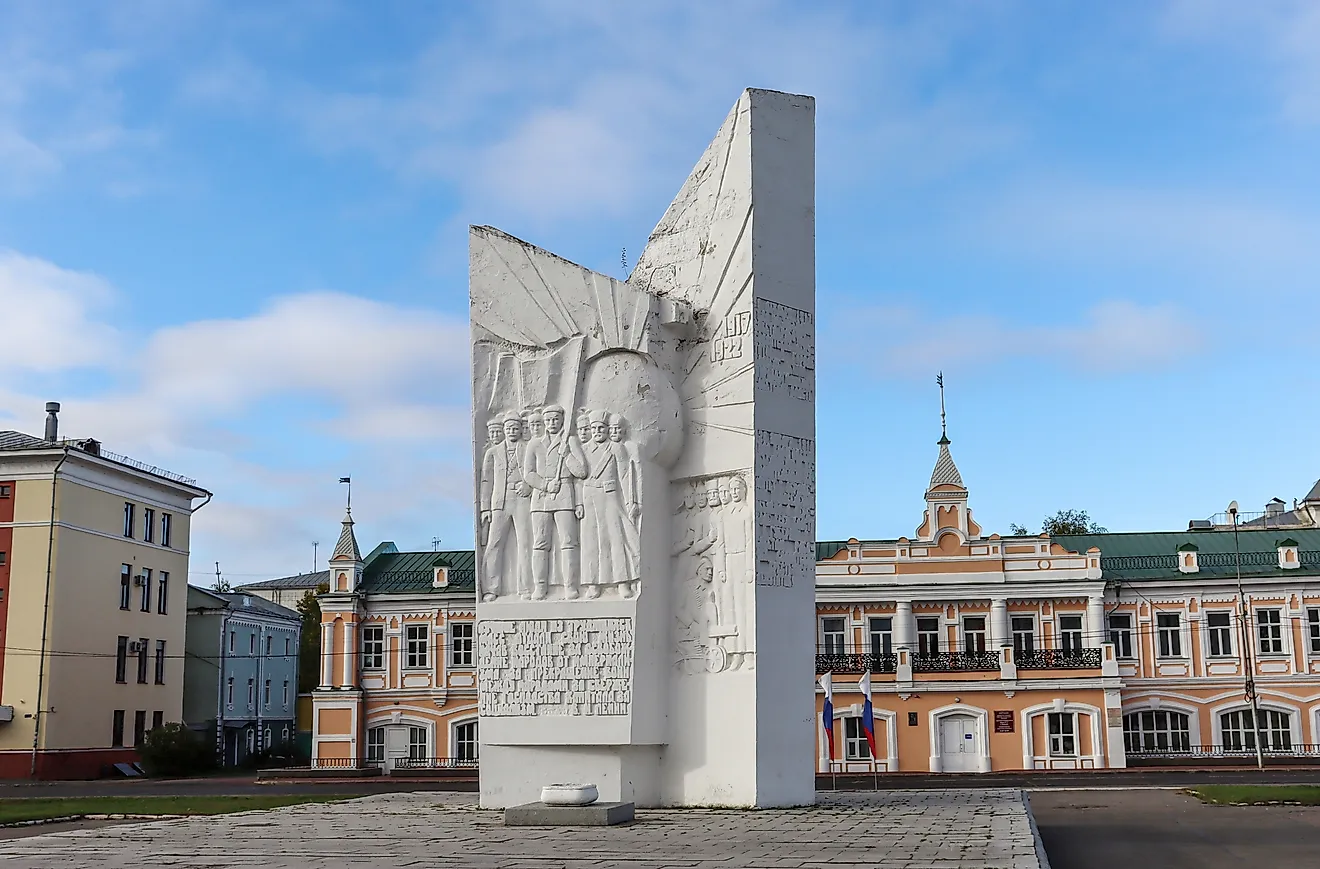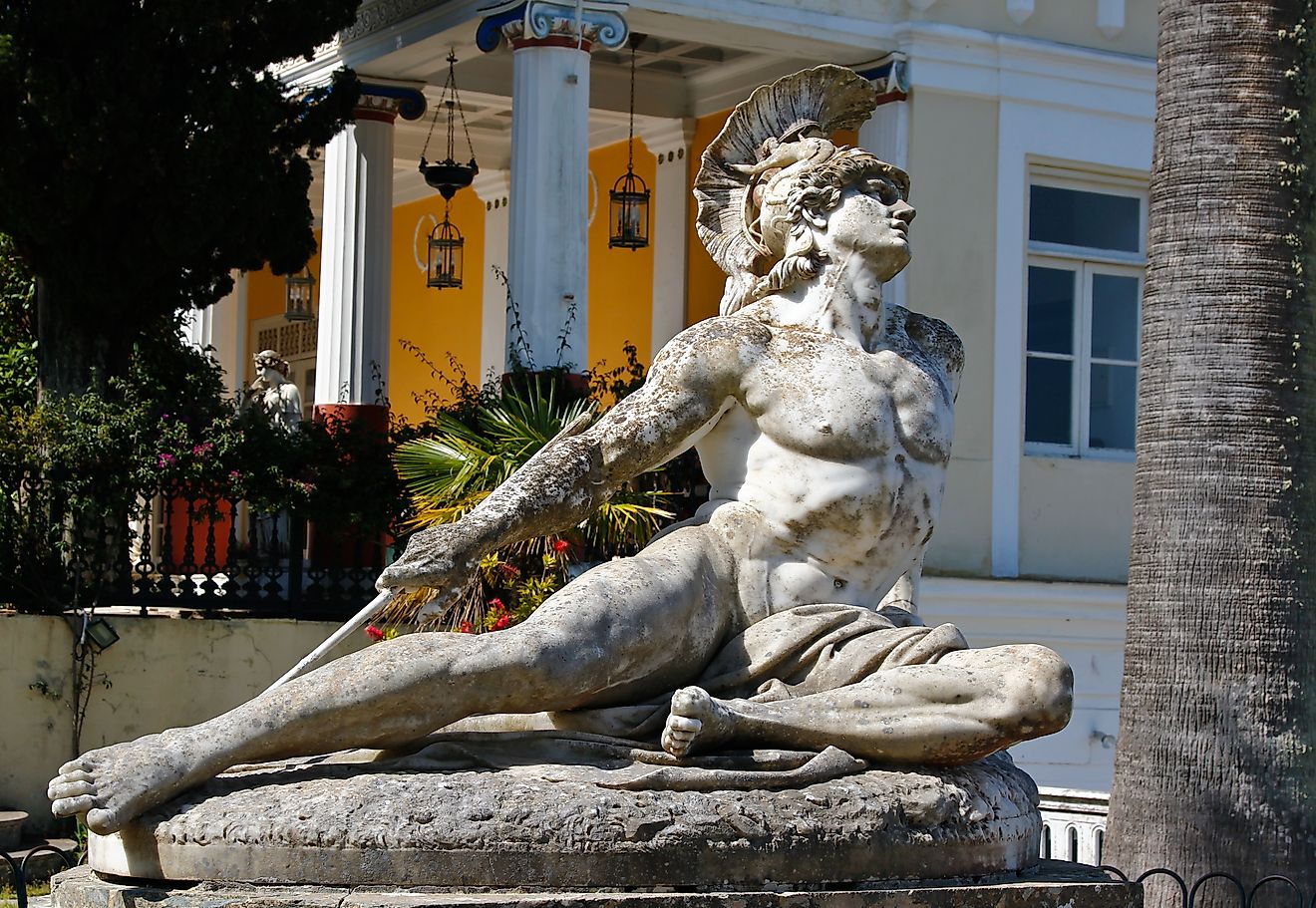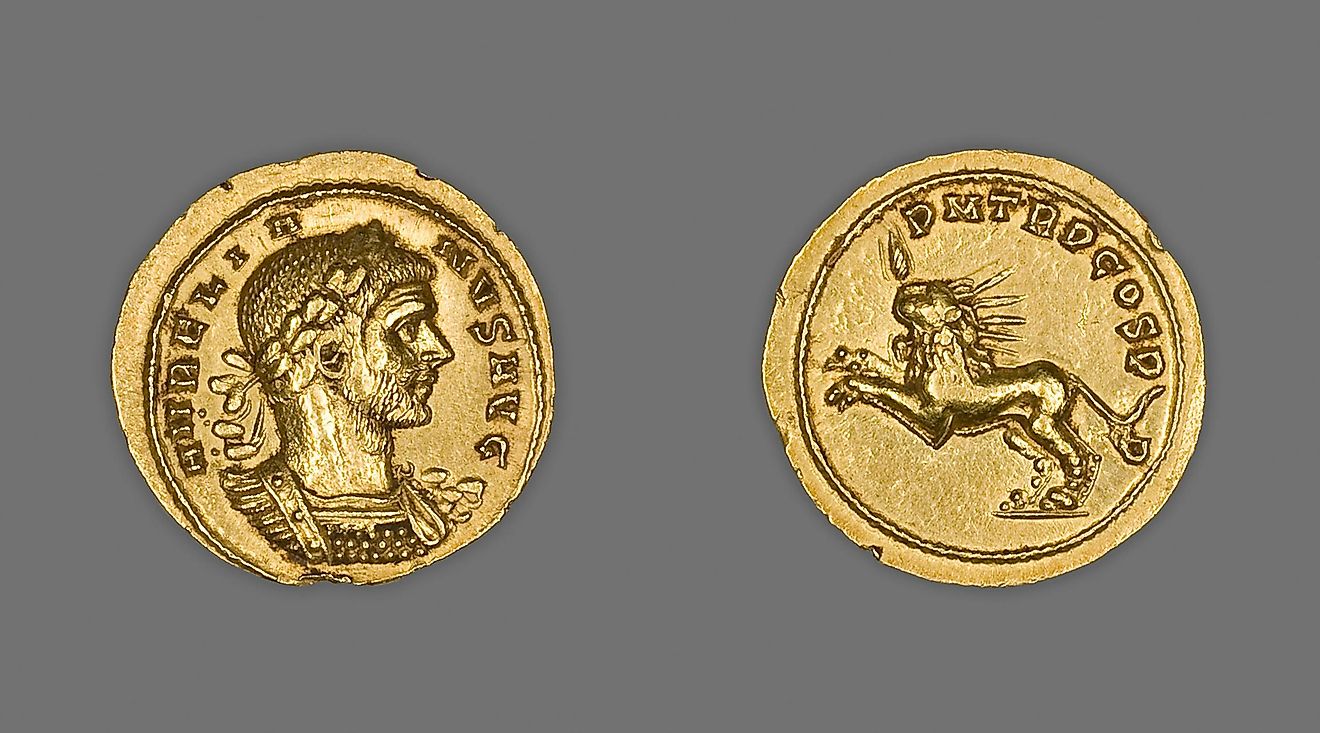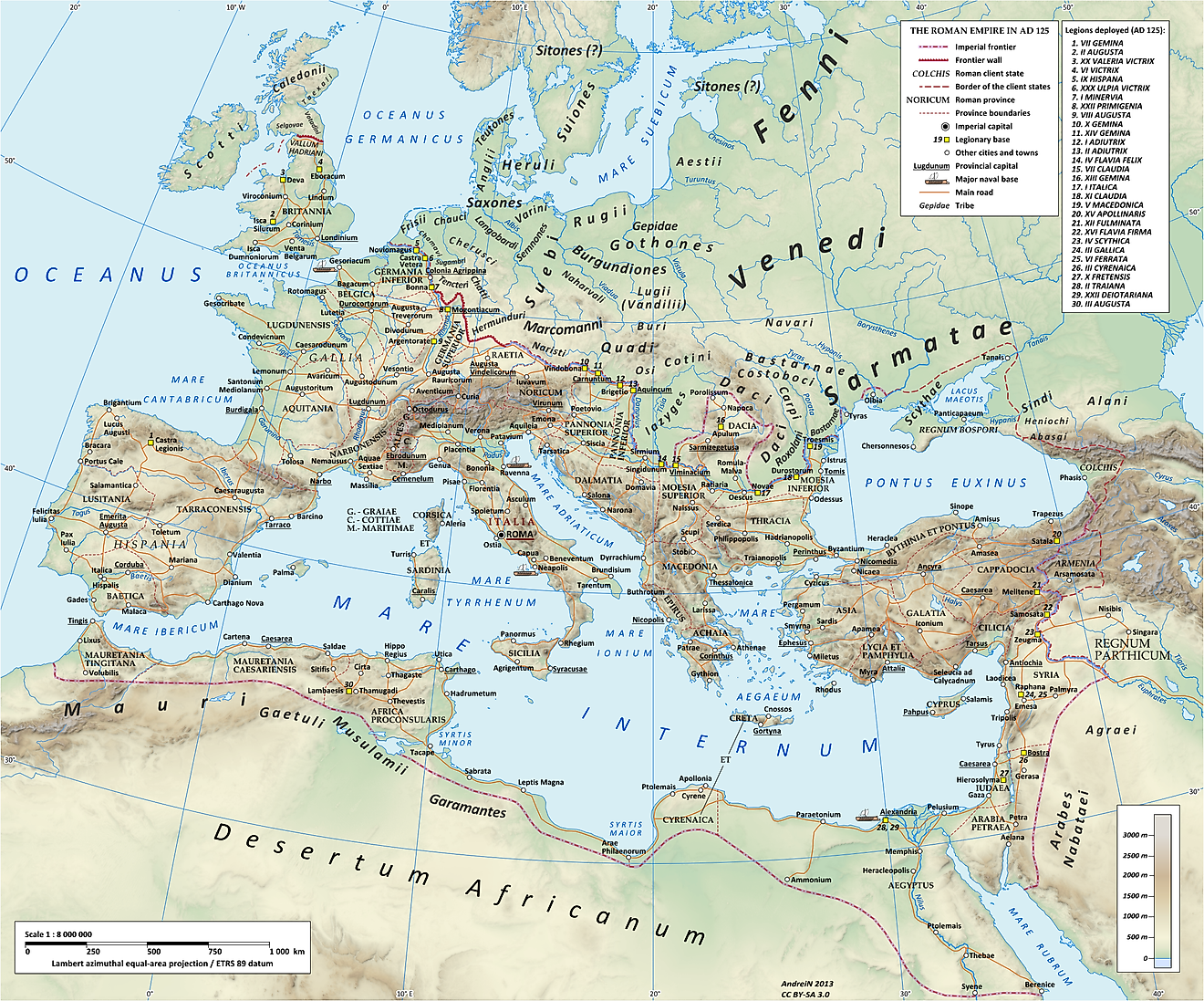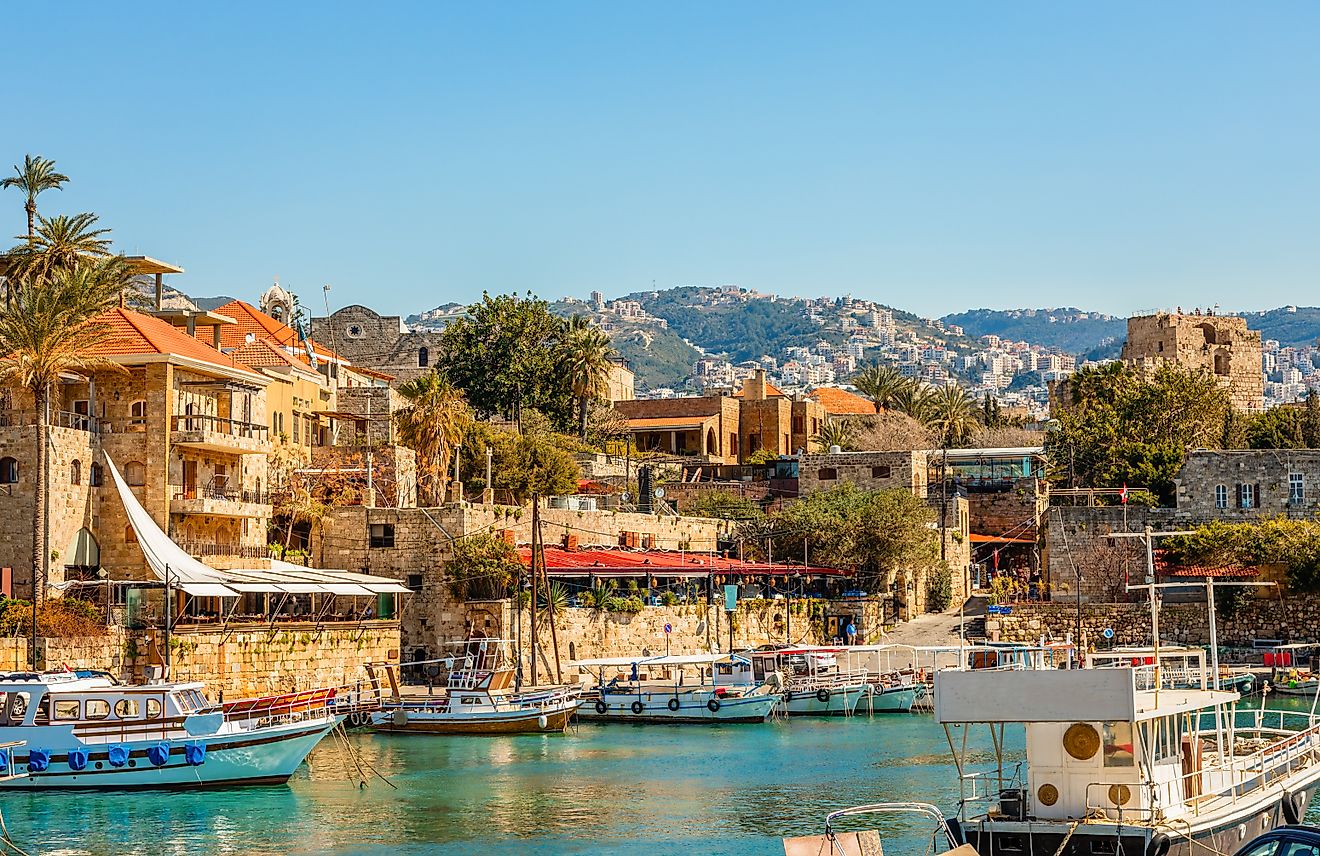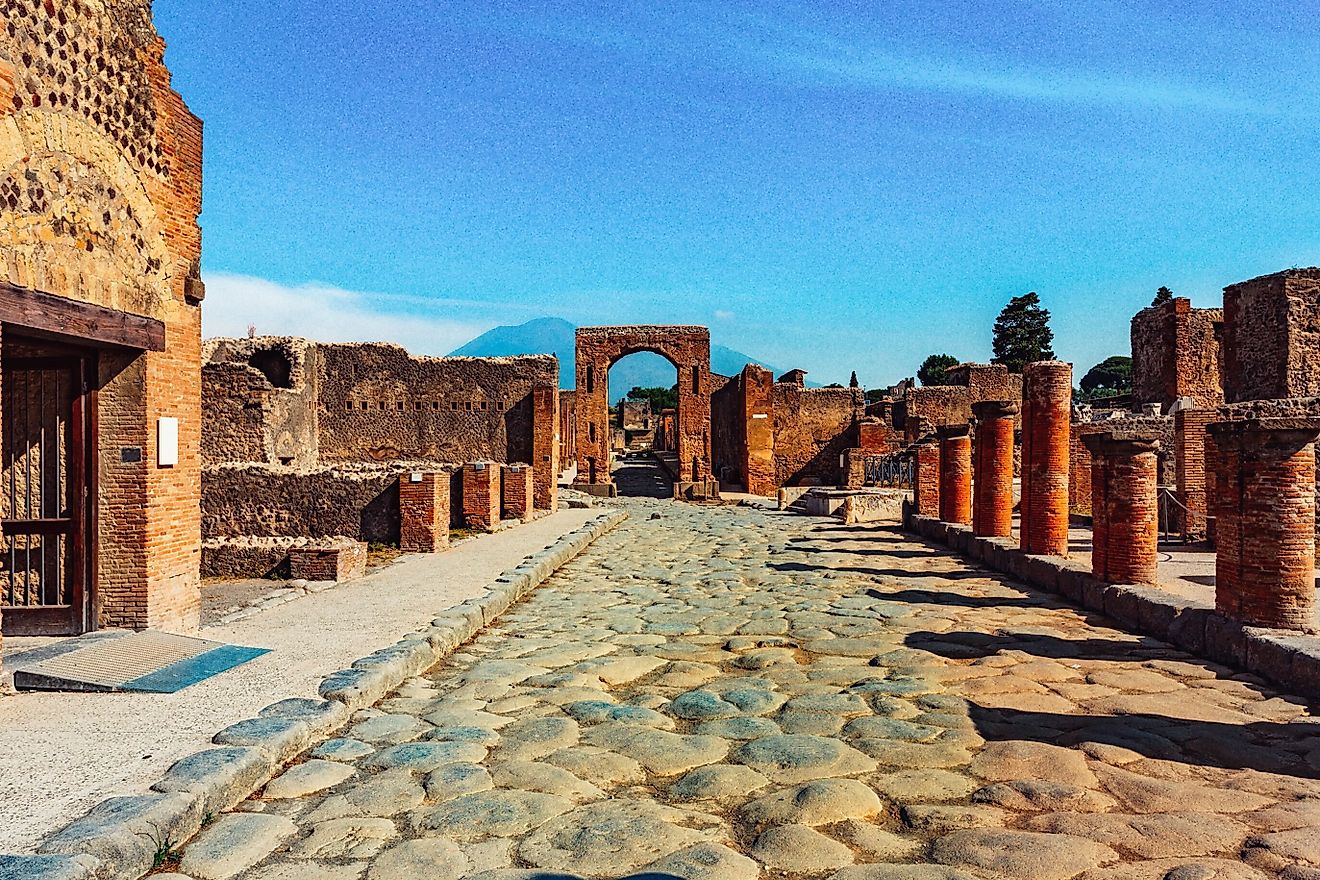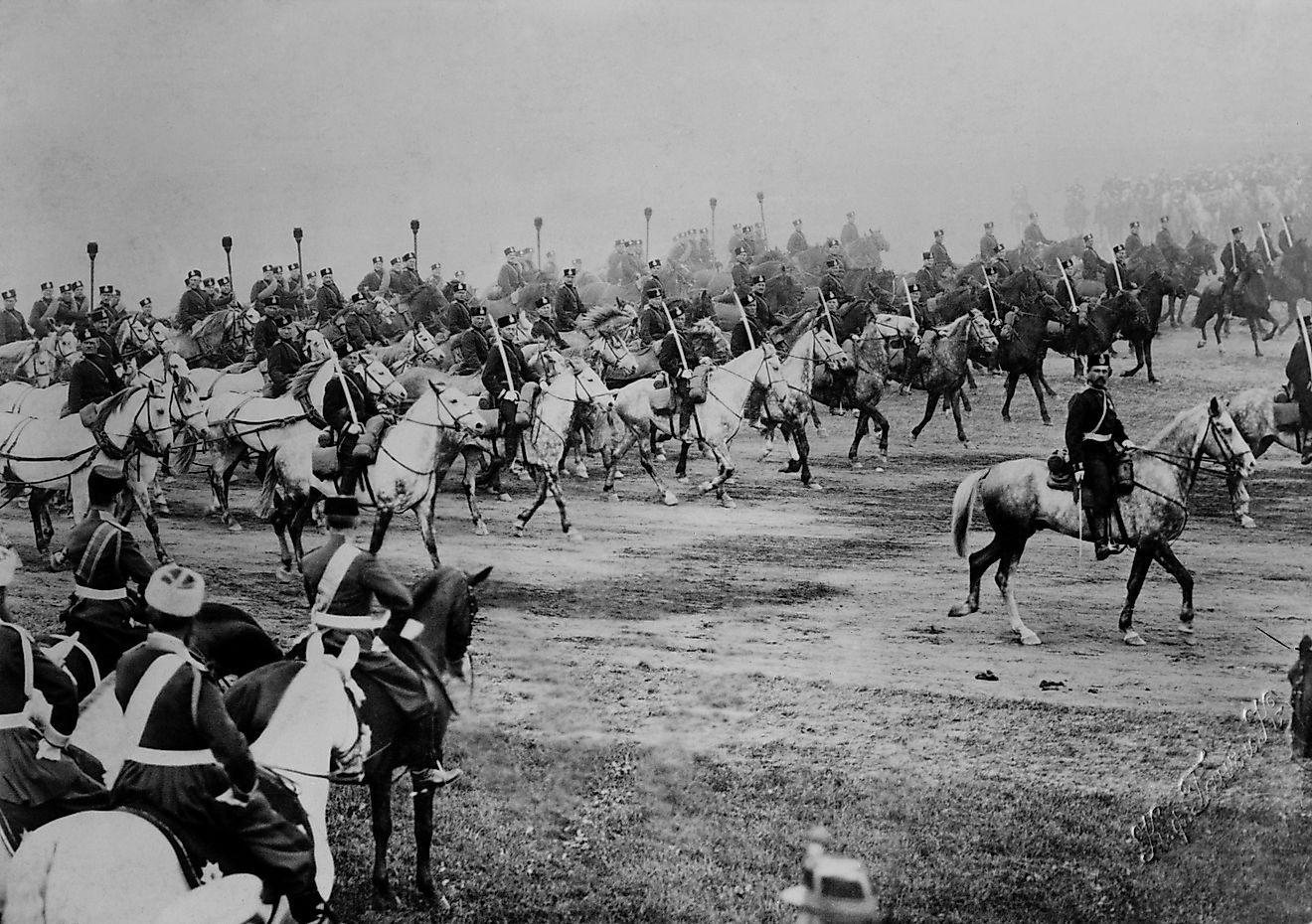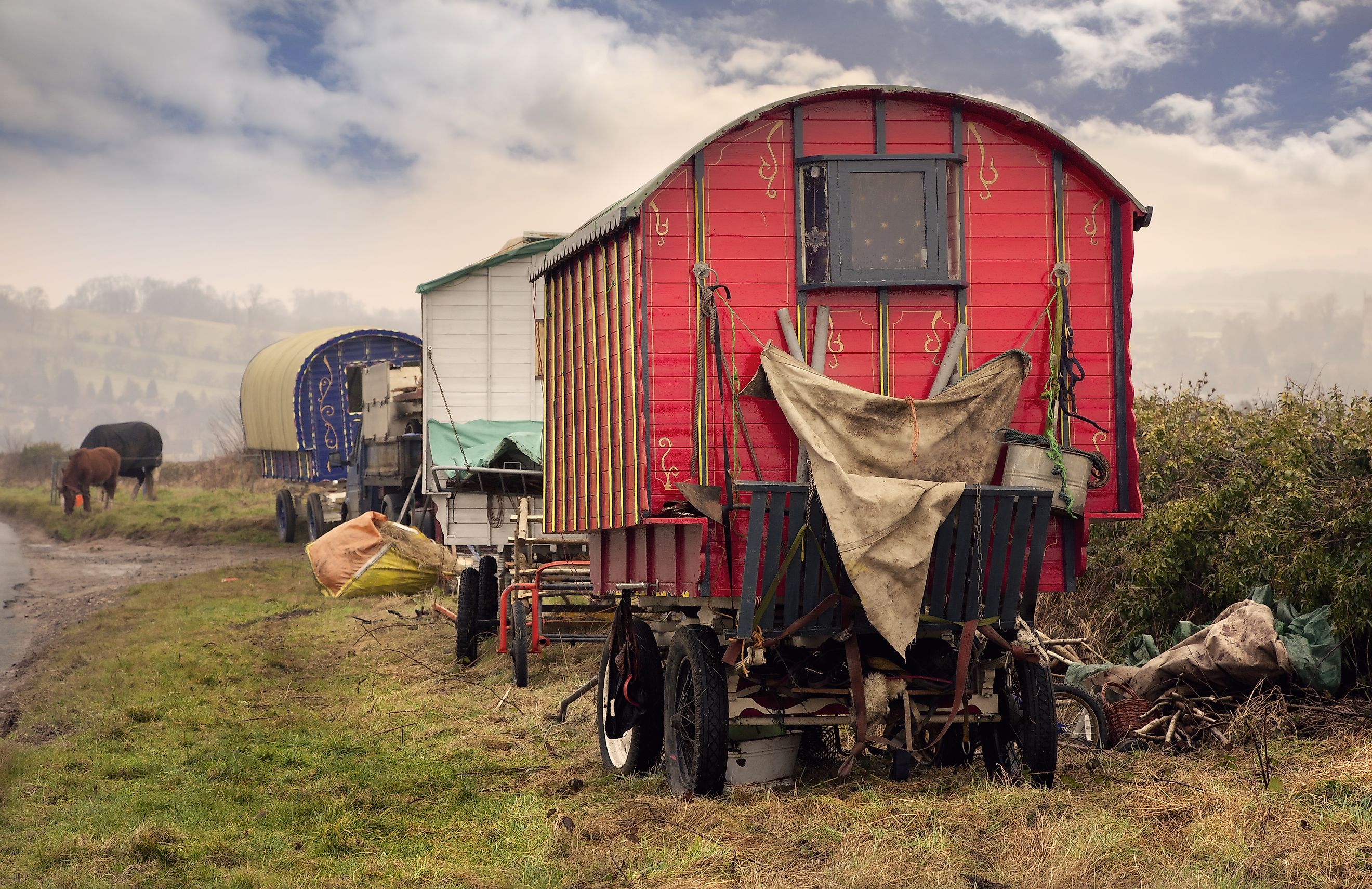
The Romani Migration from India to Europe
The Roma people trace their origins to the Punjab and Rajasthan regions of India. It is believed that their ancestors started migrating from India around 1,000 years ago, journeying through Asia to Europe, where many were subjected to slavery. To survive, Roma groups migrated for centuries but were later compelled to settle under the communist governments of Eastern Europe. Over time, they developed a nomadic way of life and a distinctive culture, which remained largely closed to outsiders. This resulted in their children lacking a proper education due to constant travel, distrust of outsiders, and systemic discrimination. Their ethnic language, Romani, remains largely oral and has only recently begun to be standardized in written form. Their history and culture have remained intact for the most part, given that it has been passed down from generation to generation.
Origins of the Term
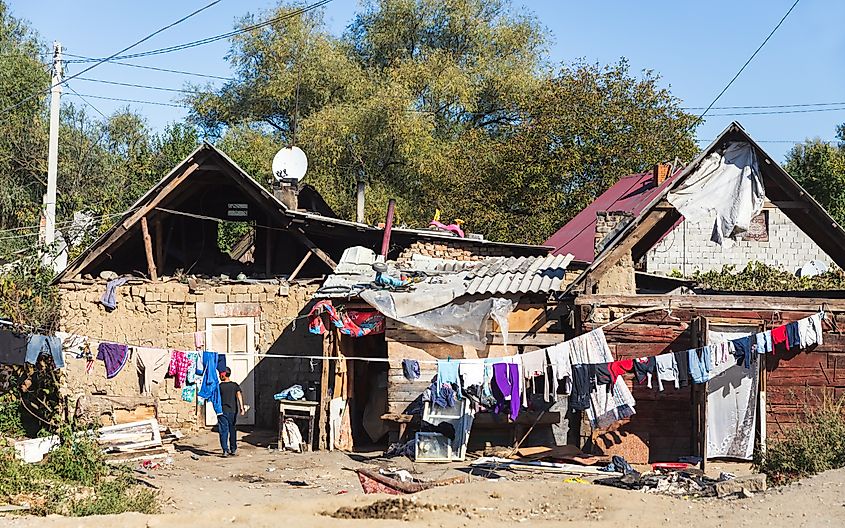
The term 'Roma' was adopted during the first World Romani Congress in London in 1971 and is now widely recognized across the EU to describe a diverse range of communities, tribes, and clans. The Congress was partially funded by the World Council of Churches and the government of India.". Representatives from India and twenty other countries attended. During the congress, the green and blue flag, first displayed at the 1971 conference and adorned with the red, sixteen-spoked chakra was reaffirmed as the Romani national emblem, and the song "Gelem, Gelem" was adopted as their national anthem.
Migration from India to Europe
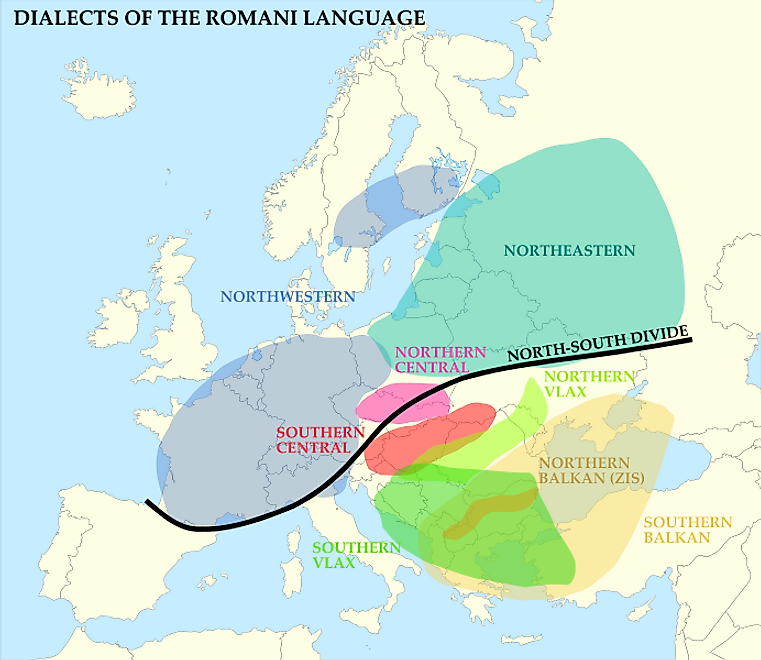
Linguistic evidence clearly demonstrates that the Romani language has its origins in India, as it shares grammatical features and a significant portion of its core vocabulary with Indian languages. As an example, Romani and Domari, a Middle Eastern language that originated in India, display some similarities. These resemblances have sparked discussions about their relationship. Initially, Domari was considered a "sister language" to Romani, but it was thought to have diverged after leaving the Indian subcontinent. This suggests that the Dom and Rom likely originated from two distinct migration waves out of India, separated by several centuries.
Additionally, genetic research from 2012 indicates that the Romani people originated in northwestern India and migrated as a unified group. Further findings confirmed that the Roma descended from a single group that left northwestern India approximately 1,500 years ago. They arrived in the Balkans around 900 years ago before spreading across Europe. The research also revealed that the Roma experienced genetic isolation and "differential gene flow over time and across regions with non-Romani Europeans."
The Persecution of the Roma People in Europe
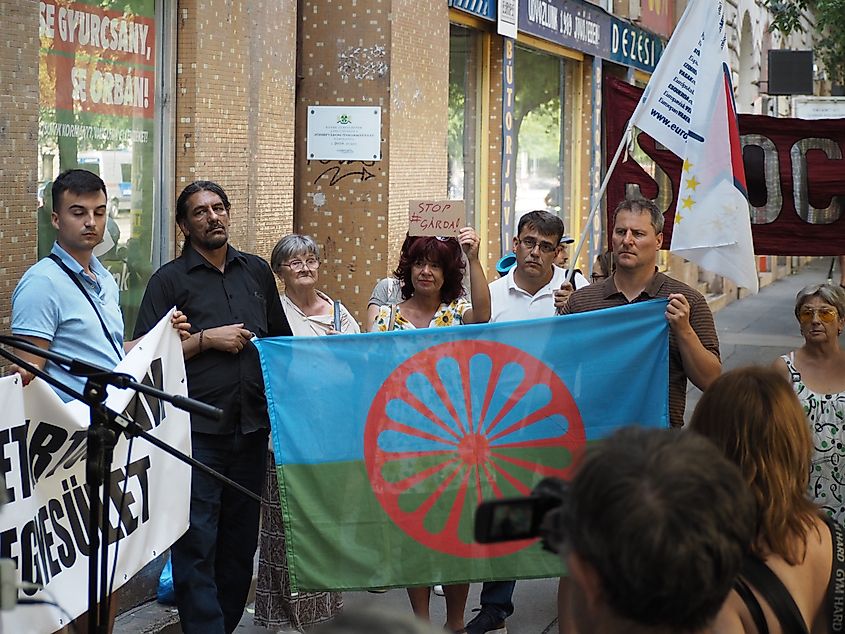
Romani groups faced widespread persecution and victimization throughout Europe in the 1930s and 1940s. Often labeled "Gypsies" by outsiders, those who identified as Roma, Sinti, Manouches, and other related groups were deemed to be of "alien blood" under Germany's Nuremberg Laws and endured the same genocidal policies as European Jews. Prior to the 20th century, the Romani people had faced discrimination over the centuries, including a nationwide ban from France under King Louis XIV in 1660 and a mass deportation from Portugal to Brazil in 1685.
Historians estimate that Nazi Germans and their collaborators killed between 250,000 and 500,000 Romani and Sinti, representing 25% to over 50% of the nearly 1 million Roma living in Europe at that time.
International recognition of the Roma People
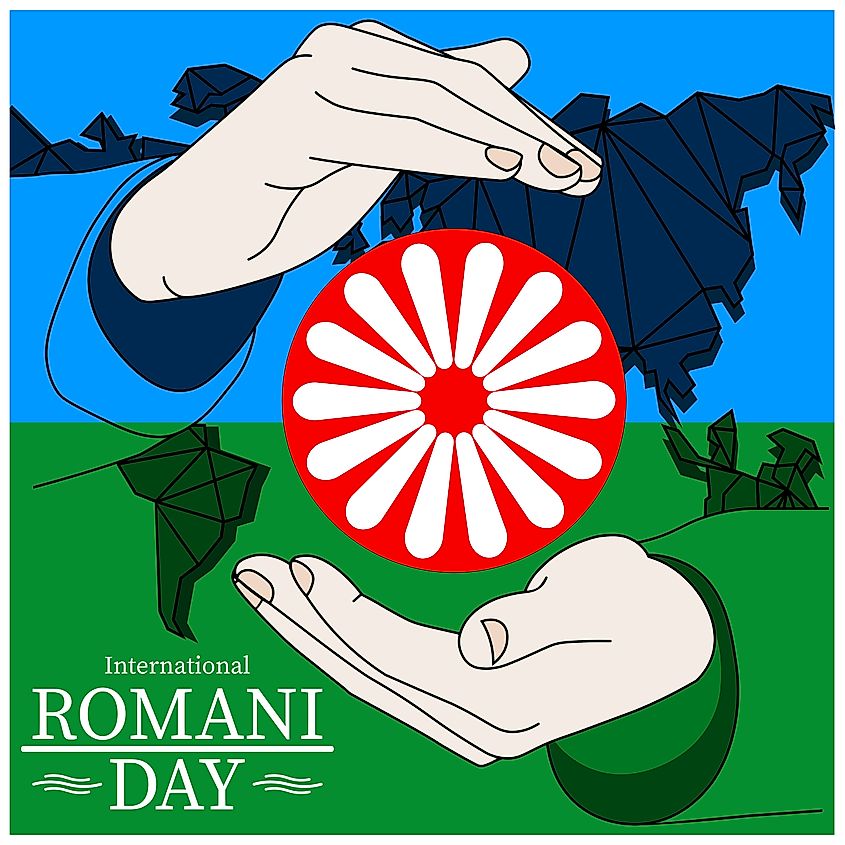
Today, around 10 to 12 million Roma people reside across Europe, with the largest populations in Bulgaria, Romania, Slovakia, Serbia, and Hungary, constituting up to 10% of the total population. The International Romani Union was formally established in 1977, and in 1990, the fourth World Congress declared April 8 as International Roma Day, a day dedicated to celebrating Romani culture and raising awareness of the challenges facing the Romani community. However, the Romani people continued to be subjected to discrimination. In the early 1990s, Germany deported tens of thousands of migrants to Central and Eastern Europe, including about 60% of the 100,000 Romanian nationals deported under a 1992 treaty, most of whom were Romani.
In 2000, the 5th World Romani Congress issued an official declaration recognizing the Romani people as a non-territorial nation. In 2005, the Decade of Roma Inclusion was launched in nine Central and Southeastern European countries to improve the socio-economic status and social inclusion of the Romani minority. This initiative sparked critical processes for Roma inclusion in Europe and led to the EU Framework for National Roma Integration Strategies up to 2020.
The history of the Roma people is one marked by migration, survival, and resilience in the face of persistent persecution and discrimination. From their origins in India to their forced settlement and oppression in Europe, the Roma have maintained their cultural identity despite countless challenges. While recent efforts, such as the Decade of Roma Inclusion, have aimed to improve their socio-economic conditions, the Roma continue to face significant hardships, including deprivation and marginalization. As one of Europe's largest ethnic minorities, their struggle for equality and recognition is ongoing, highlighting the need for continued efforts to address the injustices they have endured and to promote their integration and well-being across the continent.


